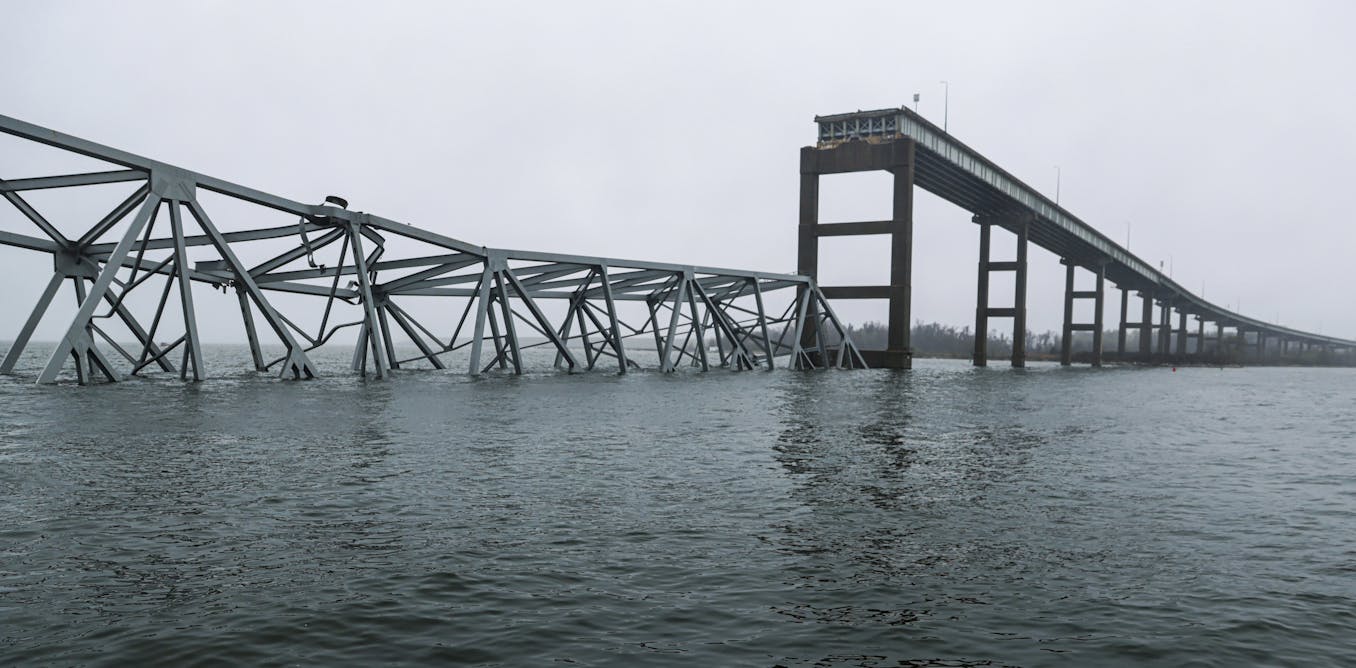Understanding the Economic Impact of Trump’s Tariffs in 2025
In the latest episode of "What’s Moving Your Money," host Spencer Hakimian dives into the implications of President Trump’s tariffs as we approach the second half of 2025. With an average tariff rate now set at approximately 17 percent, this episode examines how these financial measures are shaping both the traditional and emerging sectors of the economy.
The Old Economy vs. The New Economy
Hakimian introduces viewers to the stark contrast between the established economic frameworks and the burgeoning innovations defining today’s marketplace. The discussion lays the groundwork for understanding how tariffs affect industries differently. While many traditional sectors face hurdles due to increased costs of imported goods, new technology-driven industries embrace opportunities amid these changes.
A New Economic Reality
The episode explores a new reality characterized by this 17% average tariff. Tariffs, while initially intended to protect domestic industries, can lead to elevated prices for consumers and strain existing supply chains. This dual-edged sword raises essential questions about consumer behavior, market adaptability, and long-term growth.
The Positives: AI’s Role in Economic Growth
Intriguingly, while tariffs can bring challenges, the rise of artificial intelligence (AI) is heralded as a positive driving force for the economy. The episode highlights how AI is not only enhancing productivity but also creating new avenues for growth. The data reveals a shocking statistic: AI’s influence on economic expansion is disproportionately significant, suggesting that innovation may offset some negative impacts of tariffs.
The Downsides: Job and Housing Market Struggles
However, the conversation is not without its concerns. Hakimian delves into the mixed outcomes of this economic shift, particularly the struggles within the housing market. With rising costs and stagnant wages, homeownership has become increasingly elusive for many Americans. Furthermore, the episode addresses the slowing job market, noting a historical trend of job slowdowns during economic transitions, raising alarms about future employment opportunities.
The Great Economic Bifurcation
As the episode winds down, Hakimian discusses the broader market reactions, illustrating a phenomenon he describes as a "Great Economic Bifurcation." This concept encapsulates the idea that the economy is increasingly split between those who can adapt and thrive in a tech-driven world and those who find themselves sidelined by rapid changes. The implications of this divide are profound, affecting everything from consumer choices to social equity.
Conclusion
Hakimian’s insights underscore the complexities of navigating an economy shaped by tariffs and technological advancements. As we move into the latter half of 2025, understanding these dynamics will be crucial for businesses and consumers alike. This discussion serves as a reminder that in an ever-evolving landscape, both opportunities and challenges coexist, urging us to stay informed and adaptable.
Watch the video by Forbes
Video “Most Of Trump’s Tariffs Are Now In Place—What Does This Mean For The Economy In 2nd Half Of 2025?” was uploaded on 08/08/2025 to Dailymotion Channel Forbes





































Leave a Reply